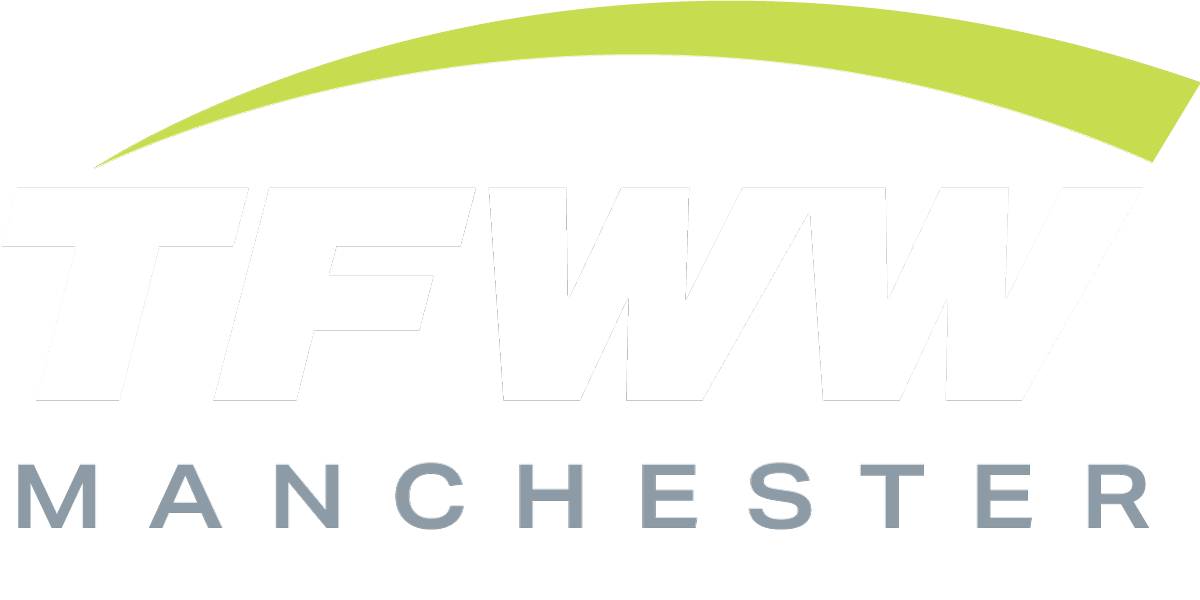Freight Rate Negotiation: 10 Practical Tips for High-Spend Shippers to Get Better Carrier Contracts
Freight markets are shifting again. Capacity is tightening, diesel costs remain unpredictable, and many shippers are trying to renegotiate contracts after years of volatility.
If your company moves more than $50,000 to $3 million in annual freight, mastering the freight rate negotiation process isn’t optional—it’s profit protection.
The good news? With structured data, clear accessorial management, and proactive benchmarking, high-spend shippers can secure better carrier contracts while improving reliability and service quality.
Here are 10 negotiation tips that help high-spend shippers lock in fair, sustainable freight rates and carrier contracts for LTL, expedited ground, and international freight.
1. Use Spot Market Data to Strengthen Your Bargaining Power
Spot rates fluctuate constantly based on demand, seasonality, and fuel prices. Before negotiating long-term contracts, always check the current spot market average for your lanes.
Use tools like DAT or Truckstop to compare real-time lane pricing.
If your offered rate is much higher than market average, use that data to ask for a better deal.
2. Time Your Negotiations Around Capacity Trends
The balance of freight loads vs. available trucks determines bargaining power.
If trucks are scarce and loads are plentiful, carriers will demand higher rates. When trucks outnumber loads, you have leverage to negotiate lower pricing.
Keep an eye on lane balance and capacity trends before you launch an RFP or contract renewal. This helps you time negotiations strategically instead of emotionally.
3. Know Your Cost Structure Before You Negotiate
You can’t negotiate confidently if you don’t know your cost to ship.
Calculate your cost per mile (or cost per hundredweight for LTL) including:
Base line-haul
Fuel surcharge (FSC)
Driver wages
Insurance
Dock handling
Accessorial charges (liftgate, detention, limited access, etc.)
When you understand your true cost structure, you can push back on low offers with real data — and avoid “cheap” rates that cost more in the long run.
4. Reduce Hidden Costs by Managing Accessorials Upfront
Accessorials — the extra services beyond dock-to-dock — are where many shippers lose margin.
Common LTL accessorials include liftgate delivery, inside delivery, residential surcharges, and reweigh or reclass adjustments.
During rate negotiations:
Ask for a list of standard accessorial fees.
Negotiate flat rates or caps for recurring charges (e.g., detention or limited access).
Include accessorial terms in writing so they don’t show up as surprises later.
These fees often make up 5–10% of total freight spend, so controlling them is critical.
5. Keep Fuel Surcharges Transparent and Indexed
Fuel can swing hundreds of dollars per load.
Always ensure your fuel surcharge is tied to a transparent DOE index and not a fixed “flat” fee.
Request weekly or bi-weekly FSC adjustments to match market movement.
That way, both you and the carrier stay protected when diesel prices spike or drop.
6. Evaluate Service Performance, Not Just Freight Price
Cheapest isn’t always best.
Compare carriers by:
On-time delivery rate
Claim ratio (loss, damage, concealed damage)
POD and tracking visibility
Invoice accuracy
A carrier with slightly higher rates but fewer service failures often saves more money overall.
Make service quality part of your negotiation checklist, not an afterthought.
7. Protect Your Shipments by Clarifying Liability Terms
Many shippers forget to ask what happens when freight gets damaged or lost.
Under the Carmack Amendment, carriers limit their liability per pound, which can leave high-value freight underinsured.
Before signing a contract:
Confirm the liability coverage limit (e.g., $0.50–$2.00 per pound).
Ensure you can file claims within 9 months and get written acknowledgment within 30 days.
Consider cargo insurance for high-value shipments.
The best rate in the world won’t matter if your claim gets denied.
8. Balance Contract Stability with Spot Flexibility
A balanced freight strategy uses both contract rates and spot opportunities:
Use contracted carriers for core lanes where consistency and service reliability matter.
Use spot rates or mini-bids for overflow or seasonal freight to capture savings when markets soften.
Review your carrier mix quarterly. Flexibility gives you leverage in both directions — cost savings in soft markets and capacity protection when demand surges.
9. Document Every Agreement — No Exceptions
Never rely on verbal agreements.
Ask for a signed rate confirmation or master carrier contract that clearly lists:
Line-haul rate
Fuel surcharge method
Accessorial schedule
Claim and payment terms
This avoids billing disputes and ensures both sides honor what was negotiated.
10. Build Trust-Based Partnerships for Long-Term Wins
Negotiation isn’t about winning — it’s about alignment.
Carriers prioritize shippers who:
Communicate forecasts clearly
Pay invoices on time
Respect pickup and delivery schedules
Collaborate during tight capacity periods
By treating carriers as partners, not vendors, you’ll see better rates, faster response times, and first-call service when capacity is tight.
Let Us Help You Negotiate With Clarity and Confidence
Freight negotiation isn’t about cutting costs at any expense — it’s about building data-backed relationships that deliver consistency, transparency, and control.
With TFWW, you don’t just negotiate better rates — you negotiate from a position of strength. Our team benchmarks your lanes, analyzes carrier performance, and ensures every contract aligns with your long-term goals.
Book a Discovery Call with TFWW to learn how we help shippers secure smarter carrier contracts, reduce risk, and create predictable freight outcomes.
